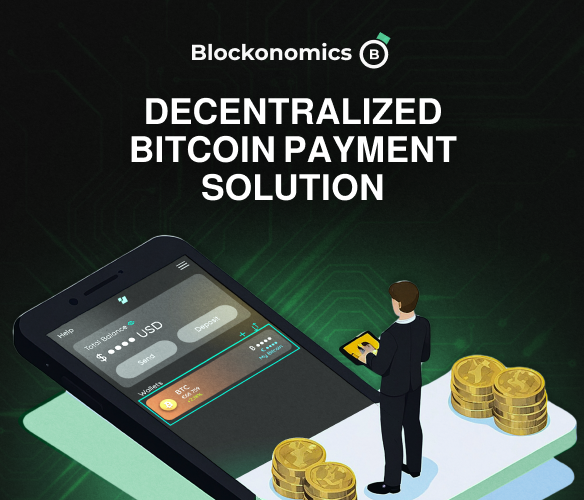What Are Decentralized Applications (DApps)?

Decentralized applications, or DApps, are digital programs anchored in smart contracts. These run on blockchain technology, unlike traditional apps which depend on centralized servers. While they look and function much like common mobile applications, their range of uses spans from gaming and finance to social networking, and beyond.
On this page
DApps possess certain distinctive characteristics:
- They operate autonomously with an open-source code, free from external control.
- Their data and records are publicly accessible.
- A cryptographic token is utilized to safeguard their network.
How do decentralized apps function?
Decentralized apps possess unique internal coding, which allows them to operate within a decentralized network. Altering or eradicating a smart contract, once deployed on a blockchain, proves difficult.
Advantages of decentralized apps
- Control is the primary benefit of DApps. Since these applications aren't under the control of any single entity, no one can regulate or limit access to these apps.
- Developers can integrate cryptocurrencies seamlessly into their core features using smart contracts. For example, Ethereum-based DApps can accept ETH as a payment mode without the need to incorporate external payment systems.
- The open-source nature of these apps contributes to the rapid and secure evolution of the ecosystem.
Challenges with Decentralized Applications
Decentralized applications, while exciting, still retain an experimental quality and encounter various obstacles.
- Maintenance. It can be more difficult to upkeep DApps as changing the code and data, once released on the blockchain, proves challenging. Developers often find it hard to introduce updates to their software (or the foundational data within the apps) post-deployment, even when bugs or security risks have been identified in older versions.
- Increased hacking risk. Decentralized applications, being mostly built on open-source smart contracts, are more vulnerable to cyber attacks. This open nature can provide hackers the opportunity to find and exploit weaknesses.
- Performance expenses. There are considerable overhead costs associated with the performance and scalability of DApps. In the pursuit of heightened security, transparency, and reliability, every network node is required to process and store every transaction.
Use Cases for DApps
DApps find their use in diverse areas including decentralized finance (DeFi), gaming finance (GameFi), voting, and governance.
Finance: Decentralized finance, or DeFi, has already found a niche within the blockchain technology landscape. Blockchain provides the requisite security, operational efficiency, and transparency that financial institutions need to make their processes more widely accessible.
Gaming Finance: GameFi is a burgeoning field with vast potential. The application of blockchain in gaming allows for a fully transparent system for in-game goods transactions. Players also can amass various items for trading on digital marketplaces. Generally, the more a player engages with the game, the more in-game rewards they can acquire.
Voting and Governance: Blockchain technology can underpin a secure and transparent system for conducting voting processes. The decentralized nature of the blockchain ensures there's no central authority controlling the vote's outcome. This opens up possibilities for various organizations. For instance, a company's or an organization's shareholder charter can be encoded into the system, outlining who holds power in different scenarios and who can vote on specific issues.
Decentralized applications broaden the internet's utility by integrating traditional applications with blockchain technology. Their use has been climbing over several years. In 2021, there was a daily interaction with DApps from over 2.7 million unique active wallets, representing a 592% uptick from 2020. Despite the bearish market conditions and a turbulent global economy, the first quarter of 2022 saw 2.38 million unique users engaging with decentralized applications, with user interest consistently growing.
The content on The Coinomist is for informational purposes only and should not be interpreted as financial advice. While we strive to provide accurate and up-to-date information, we do not guarantee the accuracy, completeness, or reliability of any content. Neither we accept liability for any errors or omissions in the information provided or for any financial losses incurred as a result of relying on this information. Actions based on this content are at your own risk. Always do your own research and consult a professional. See our Terms, Privacy Policy, and Disclaimers for more details.


























